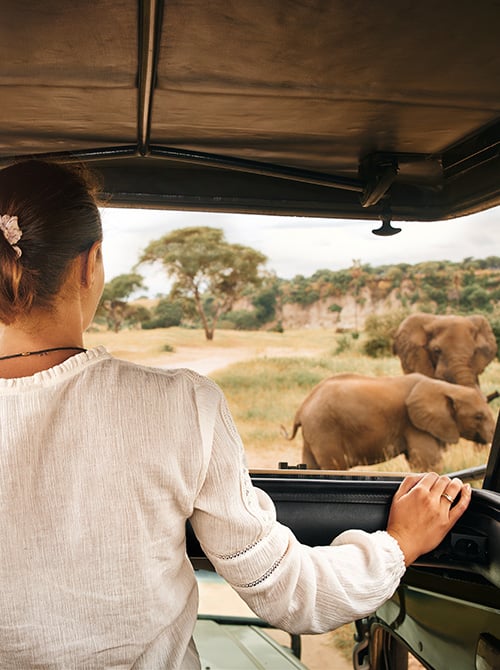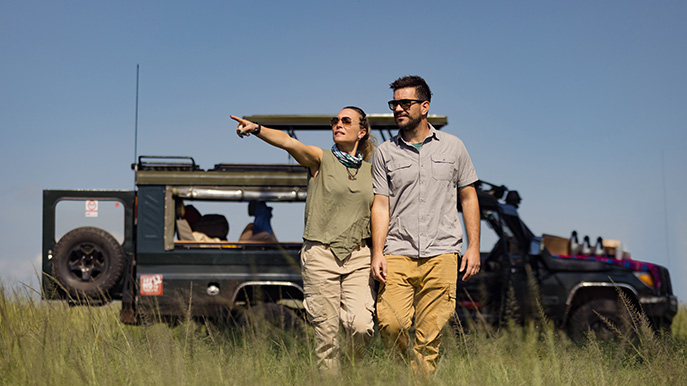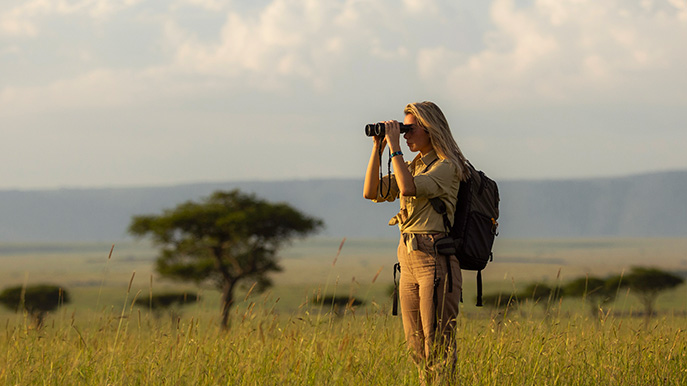What to Pack for a Safari
By Brandon Schultz
Packing for a safari isn’t like prepping for a beach escape or city weekend. You’ll need to plan for chilly mornings, blazing afternoons, and dusty game drives. And you’ll likely need to keep your bag under 33 pounds for those tiny bush planes.
The secret? Pack light, layer well, and stick with smart essentials you’ll actually use. Here’s how to get it right from head to toe, dusk to dawn.




